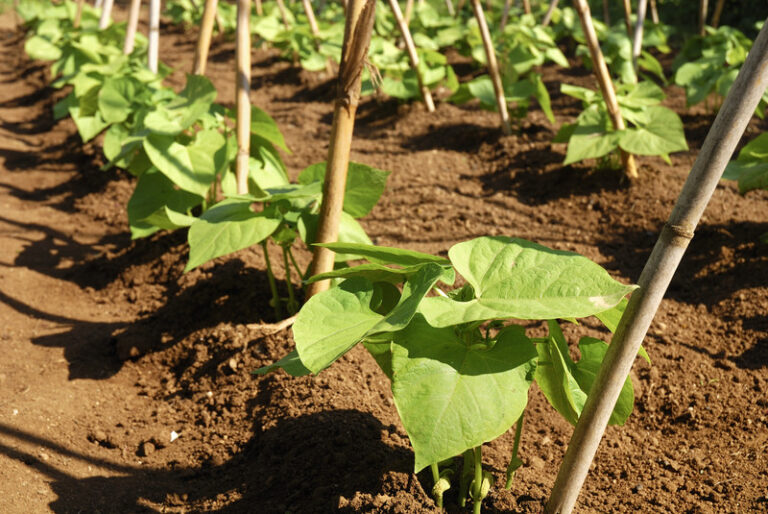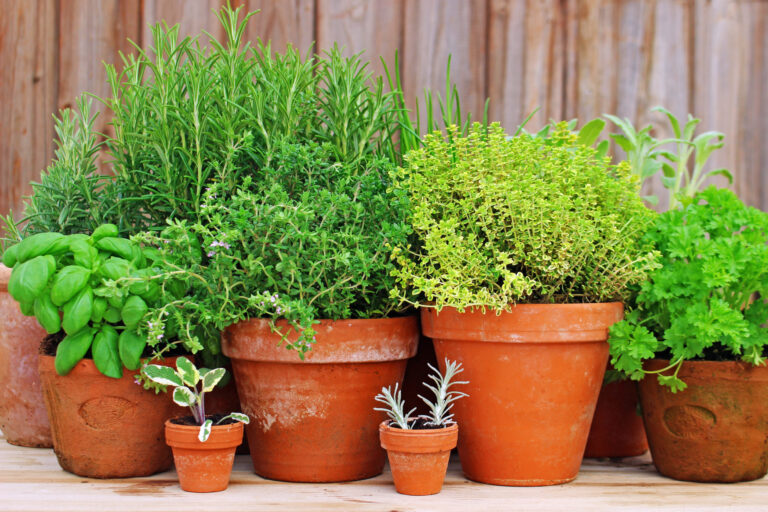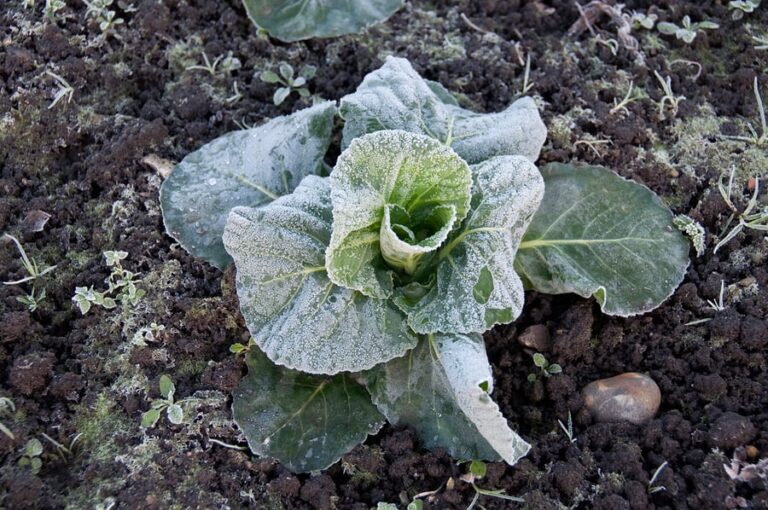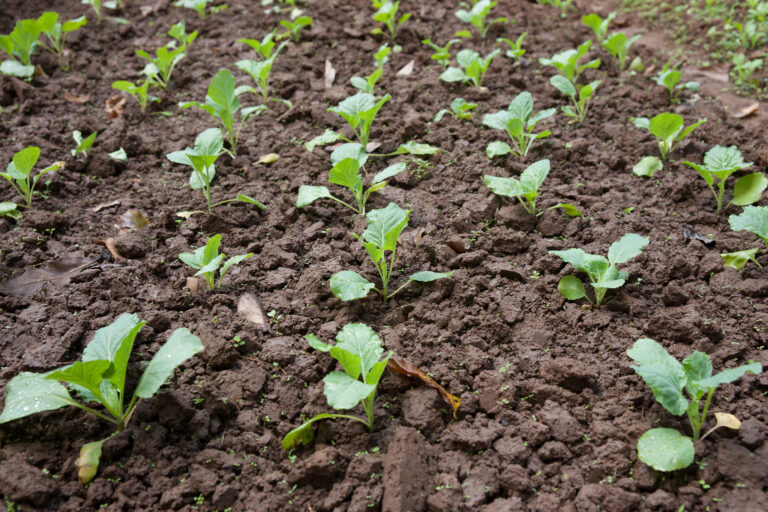Home Garden Permaculture
Permaculture is a sustainable agricultural and ecological design philosophy that focuses on working with nature to create self-sufficient, regenerative, and resilient ecosystems. It involves integrating plants, animals, and natural landscapes in ways that mimic natural systems to produce food and resources while minimizing waste, labor, and environmental impact.
Home garden permaculture is a sustainable and holistic approach to gardening that integrates natural ecosystems with human needs, creating a self-sufficient and regenerative environment. The philosophy behind permaculture emphasizes working with nature rather than against it, allowing gardeners to mimic the diversity and balance found in natural systems. In a home garden, this might mean using raised beds filled with nutrient-rich soil, incorporating companion planting to maximize beneficial relationships between plants, and harvesting rainwater to conserve resources. The goal is to create a garden that provides food, herbs, and beauty while minimizing waste and labor. By embracing diversity through growing a mix of vegetables, fruits, herbs, and flowers, and fostering beneficial insects, a home garden can become a vibrant, interconnected ecosystem.
Implementing permaculture in a home garden starts with careful observation and planning. Begin by assessing the site’s natural conditions, such as sunlight, wind, and water flow, to determine the best placement for garden beds, trees, and water features. Plant a mix of annuals and perennials to ensure continuous harvests and resilient growth throughout the seasons. Use organic mulch, such as straw or leaves, to suppress weeds, retain moisture, and enrich the soil. Incorporate composting to recycle kitchen scraps and garden waste into nutrient-rich soil amendments. Introduce natural pest management by planting herbs like basil or marigold to repel pests, and attract beneficial insects like bees and ladybugs. By embracing these practices, even a small home garden can thrive, providing a bountiful harvest while fostering a balanced and sustainable environment.
Permaculture Principles
- Observe and Interact: Understand the natural environment, climate, and resources of the site.
- Catch and Store Energy: Use renewable resources like sunlight and water, and store them for future use (e.g., rainwater collection).
- Obtain a Yield: Ensure the system produces food, fuel, or other resources.
- Apply Self-Regulation and Accept Feedback: Adapt and improve methods based on observations and results.
- Use and Value Renewable Resources: Favor sustainable materials and practices.
- Produce No Waste: Recycle and repurpose materials within the system.
- Design from Patterns to Details: Consider the big picture before focusing on smaller components.
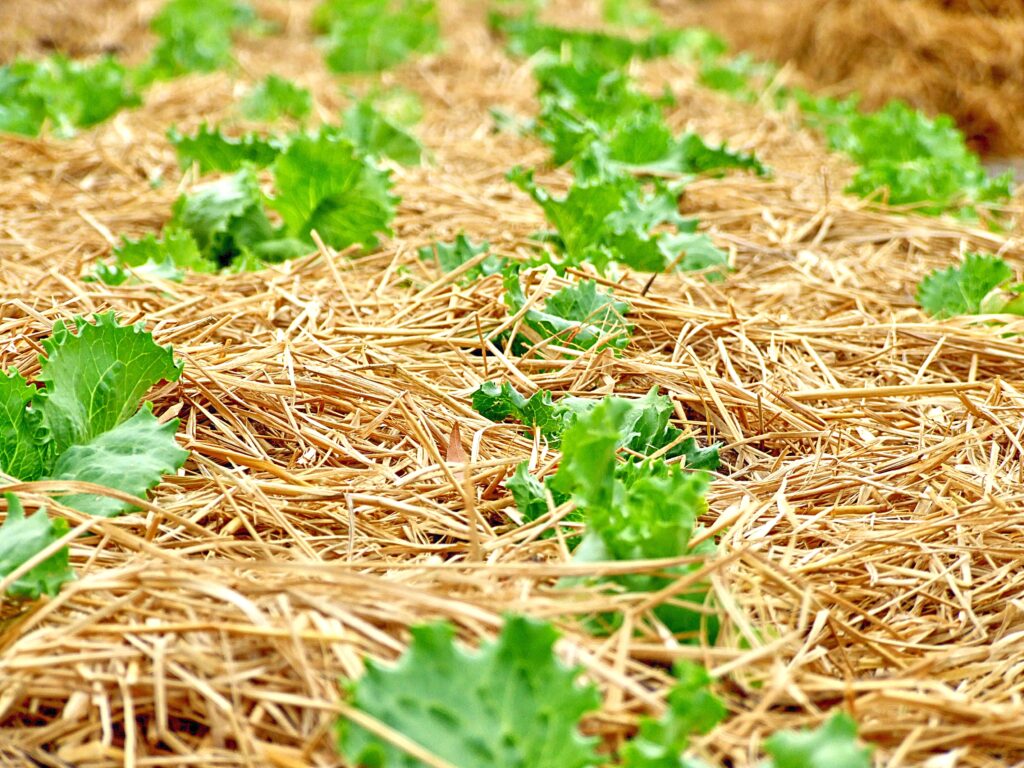
Permaculture in a Home Garden
Permaculture can be practiced in a home garden, regardless of its size. It emphasizes using resources efficiently, creating diverse plantings, and employing natural solutions to challenges. Even small urban spaces can benefit from permaculture techniques.
Methods for Practicing Permaculture in a Home Garden
Raised Beds and No-Till Gardening
- Build raised beds or use the no-till method to promote soil health and prevent soil erosion.
- Avoid disturbing the soil structure, allowing natural microorganisms to thrive, which enhances soil fertility.
Companion Planting
- Grow plants together that benefit each other, such as pairing nitrogen-fixing plants (like legumes) with nutrient-demanding vegetables.
- Use plants to repel pests, attract beneficial insects, or enhance growth (e.g., basil with tomatoes).
Water Harvesting and Conservation
- Collect rainwater from roofs or other surfaces in barrels for garden use.
- Incorporate swales, mulches, or drip irrigation systems to conserve water.
Mulching and Ground Cover
- Use organic mulches (like straw, leaves, or compost) to retain moisture, suppress weeds, and add nutrients.
- Plant ground cover crops (like clover) to protect the soil, fix nitrogen, and prevent erosion.
Use of Perennials and Self-Sustaining Plants
- Grow perennial vegetables, fruits, and herbs that do not need to be replanted every year, such as asparagus, rhubarb, and berry bushes.
- Food forests can be established in layers, mimicking natural woodland ecosystems, with taller trees, shrubs, and ground-level plants providing food.
Natural Pest Management
- Encourage beneficial insects by planting flowers that attract pollinators and predators of pests (e.g., marigolds, yarrow).
- Use natural pest repellents, like neem oil or garlic sprays, and planting pest-repelling herbs (e.g., rosemary, mint).
Composting and Soil Fertility
- Compost kitchen scraps and garden waste to create nutrient-rich soil amendments.
- Implement vermiculture (worm composting) for additional soil fertility.
Polyculture and Biodiversity
- Avoid monocultures; instead, grow multiple types of plants together to increase biodiversity and resilience.
- Integrate animals, such as chickens or bees, into the garden for natural pest control, pollination, and soil fertilization.

Small-Scale Permaculture Techniques
- Vertical Gardening: Grow plants on trellises, walls, or stacked planters.
- Square Foot Gardening: Maximize space efficiency by planting intensively in small beds.
- Herb Spirals: Create a spiral-shaped garden to grow herbs with different light and moisture needs.
Permaculture can be tailored to any home garden, using local resources and conditions to create a sustainable, productive space that benefits both you and the environment.
Ten Permaculture Techniques for a Home Vegetable Garden
Several permaculture techniques can be effectively applied in a home vegetable garden to create a sustainable, productive, and resilient growing space. Here are some key methods:
1. No-Till Gardening
- Avoid disturbing the soil structure by practicing no-till or minimal tillage. This keeps beneficial microorganisms and earthworms intact, which improves soil fertility and health.
- Add compost, mulch, or organic matter on top of the soil to build nutrient-rich layers without digging.
2. Companion Planting
- Plant vegetables and herbs together that support each other’s growth. For example, grow basil near tomatoes to enhance flavor and repel pests, or beans with corn to fix nitrogen in the soil.
- Use trap crops, like nasturtiums, to attract pests away from more valuable vegetables.
3. Water Harvesting and Conservation
- Collect rainwater in barrels or tanks for watering the garden, reducing reliance on tap water.
- Create swales (shallow trenches) to capture and distribute rainwater to plant roots.
- Use mulch to retain moisture, prevent evaporation, and regulate soil temperature.
4. Mulching and Ground Cover
- Apply organic mulch (such as straw, leaves, or grass clippings) to keep the soil cool, retain moisture, and reduce weeds.
- Plant ground cover crops, like clover, to protect the soil, fix nitrogen, and provide a living mulch.
5. Use of Perennials and Self-Sustaining Plants
- Integrate perennial vegetables (like asparagus or rhubarb) and herbs (like oregano or sage) into the garden, as they return each year without needing to be replanted.
- Grow fruiting shrubs (like blueberries) to add variety to the harvest and support biodiversity.
6. Polyculture and Biodiversity
- Instead of growing a single type of crop, practice polyculture by planting a diverse range of vegetables, herbs, and flowers together. This mimics natural ecosystems, making the garden more resilient to pests and diseases.
- Intercrop different species in the same bed to maximize space, improve soil health, and reduce pest problems.
7. Vertical Gardening and Trellising
- Use trellises, arbors, and vertical supports to grow climbing vegetables like beans, cucumbers, or peas, maximizing space in small gardens.
- Incorporate stacking functions, such as planting lower-growing vegetables at the base of trellised plants.
8. Natural Pest Control
- Encourage beneficial insects by planting flowering herbs like dill, fennel, or yarrow, which attract predators of common garden pests.
- Use natural deterrents, such as garlic or neem oil sprays, to manage unwanted insects.
9. Composting and Soil Fertility
- Compost kitchen scraps, garden clippings, and other organic waste to create rich compost for feeding the soil.
- Use vermiculture (worm composting) to further boost soil fertility with nutrient-rich worm castings.
10. Zone Planning
- Design the garden in zones based on how often you visit them. For example, place frequently harvested vegetables close to the kitchen for easy access.
- Group plants with similar water and sun requirements together to optimize care.
By incorporating these techniques, a home vegetable garden can become a thriving, low-maintenance ecosystem that produces healthy food while enhancing the environment.
Ten Permaculture Techniques for a Home Flower Garden
Permaculture techniques can be successfully applied in a home flower and ornamental plant garden to create a sustainable, beautiful, and low-maintenance landscape. These methods enhance soil health, conserve water, attract beneficial wildlife, and reduce the need for synthetic inputs. Here are some permaculture techniques that can be used in a home flower and ornamental garden:
1. Companion Planting
- Plant flowers and ornamental species that support each other’s growth. For instance, marigolds can deter pests, while lavender attracts pollinators and beneficial insects.
- Use plants with different growth habits and root structures to maximize space and reduce competition for nutrients.
2. Mulching
- Apply organic mulch (like bark, straw, or leaves) around ornamental plants to retain moisture, suppress weeds, and improve soil health as the mulch breaks down.
- Mulching also helps regulate soil temperature, providing a more stable environment for plant roots.
3. Swales and Rain Gardens
- Create swales (shallow ditches) or rain gardens to capture and store rainwater, allowing it to slowly soak into the ground and reduce the need for supplemental watering.
- Plant moisture-loving ornamental species in these areas to take advantage of the increased water availability.
4. Use of Perennials
- Incorporate perennial flowers and shrubs that return year after year, reducing the need for replanting and maintenance. Examples include coneflowers, peonies, and hydrangeas.
- Native perennials are especially valuable, as they are adapted to the local climate and often require less water and fertilizer.
5. Biodiversity and Polyculture
- Plant a variety of flowering species, grasses, and shrubs to promote biodiversity and create a more resilient garden.
- Mix different types of plants to mimic natural ecosystems, ensuring year-round blooms and providing habitat for pollinators and beneficial insects.
6. Attracting Beneficial Insects and Wildlife
- Grow nectar-rich flowers (like bee balm, cosmos, or sunflowers) to attract pollinators such as bees, butterflies, and hummingbirds.
- Plant herbs (such as dill, fennel, and parsley) which attract beneficial predatory insects like ladybugs and lacewings that help manage garden pests.
7. Edible Ornamentals
- Integrate edible flowers and ornamental herbs, such as nasturtiums, borage, and rosemary, to create a functional and beautiful landscape.
- Plant ornamental varieties of edible plants (e.g., ornamental kale or chives) for a garden that is both aesthetically pleasing and useful.
8. Zone Planning and Plant Placement
- Design the garden in zones based on plant care needs, with more water-intensive plants placed near a water source.
- Position sun-loving flowers in open areas, while shade-tolerant species can be planted under trees or beside taller plants.
9. Natural Fertilization
- Use compost and organic fertilizers to feed ornamental plants and enrich the soil.
- Plant nitrogen-fixing plants, such as lupines or clover, to naturally improve soil fertility.
10. Vertical Gardening and Stacking Layers
- Grow climbing plants like clematis or climbing roses on trellises or walls to make the most of vertical space.
- Use the concept of layering, with ground covers, shrubs, and small trees to create a garden that mimics natural woodland layers.
By applying these permaculture techniques, a home flower and ornamental plant garden can become a thriving, sustainable, and visually stunning space that works in harmony with nature.
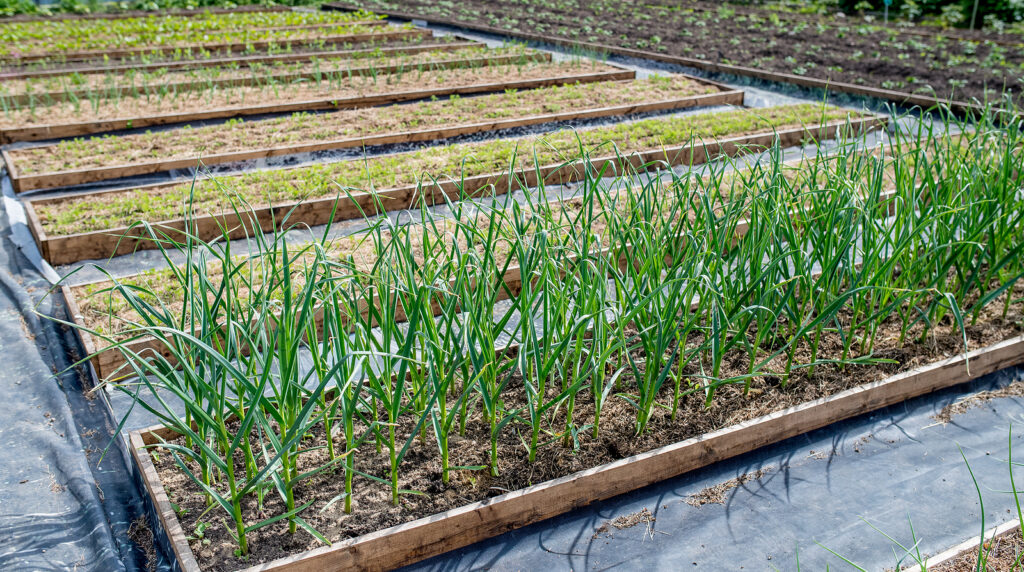
Short History of Permaculture
Permaculture was developed in the 1970s by Australian ecologists Bill Mollison and David Holmgren as a response to the environmental degradation and unsustainable agricultural practices they observed. The term “permaculture” was initially coined to mean “permanent agriculture,” but later expanded to include “permanent culture,” reflecting a holistic approach to sustainable living beyond just farming. Mollison and Holmgren drew inspiration from traditional indigenous land management practices, modern ecology, and systems thinking, aiming to design self-sustaining human environments that work in harmony with natural ecosystems. Their early writings, such as “Permaculture One” (1978), laid the foundation for a global movement advocating for regenerative and resilient living.
Since its inception, permaculture has grown into a worldwide movement embraced by individuals, communities, and organizations seeking sustainable solutions to food production, energy use, and ecological restoration. It has been applied in various settings, from small urban gardens to large-scale farms and community projects, adapting to different climates and cultures. The permaculture design philosophy emphasizes observation, minimal intervention, and the integration of natural systems, influencing not just agriculture but also areas like architecture, water management, and social systems. Today, permaculture continues to evolve, incorporating new insights and technologies while remaining rooted in its original principles of working with nature to create sustainable and resilient human habitats.
Regenerative Gardening Learning Hub
🌿 Start here: The Complete Guide to Regenerative Gardening and Farming
1️⃣ Soil Health and Living Systems
- How to Build Living Soil: A Step-by-Step Guide
- Understanding the Soil Food Web: Life Beneath Our Feet
- How to Use Compost and Vermicompost in a Regenerative Garden
- Mulching for Soil Health: How to Protect and Feed the Soil Naturally
- Using Mycorrhizal Fungi to Boost Plant Health and Yield
- Minimal Tillage: Why and How to Disturb the Soil Less
- How to Test, Read, and Rebalance Your Soil Naturally
2️⃣ Biodiversity and Polyculture
- How to Design Polycultures and Companion Plantings for Regenerative Gardens
- Integrating Native Plants into Your Food Garden
- Creating Habitat for Beneficial Insects and Pollinators
- Cover Cropping for Biodiversity and Soil Regeneration
- Crop Rotation for Soil Fertility and Pest Management
3️⃣ Carbon Sequestration and Organic Matter
- Why Capturing Carbon in the Garden Is Important and Fights Climate Change
- Increasing Soil Carbon with Compost, Mulch, and Deep Roots
- Biochar: What It Is and How to Use It in the Garden
- How to Keep Soil Covered Year-Round to Build Carbon and Fertility
4️⃣ Water Stewardship
- How to Use Water Wisely: The Principles of Water-Wise Regenerative Gardening
- Building Swales and Contour Beds to Slow and Sink Rainwater
- Mulch, Groundcovers, and Soil Structure for Water Retention
- Harvesting Rainwater for Regenerative Gardens
5️⃣ Perennial Crops and Permanent Systems
- How to Transition from Annuals to Perennials in the Vegetable Garden
- Perennial Vegetables for Regenerative Systems
- Agroforestry and Food Forest Basics for Gardeners
- Integrating Fruit Trees and Shrubs into the Vegetable Garden
6️⃣ Animal Integration
- Chickens in the Garden: How to Use Them Regeneratively
- Using Worms and Bees as Regenerative Allies
- The Role of Animals in Closing the Nutrient Loop
7️⃣ Human and Community Connection
- The Ethics of Regenerative Gardening: Care for Earth, People, and Future Generations
- How to Build a Community Garden Using Regenerative Principles
- Teaching Regenerative Gardening to Children and Beginners
- Healing the Land and Ourselves: The Psychology of Regenerative Practice
8️⃣ Regenerative Design and Planning
- How to Plan a Regenerative Garden from the Ground Up
- Regenerative Gardening Principles Simplified for the Home Gardener
- Home Garden Permaculture
- How to Create a Home Food Forest
- French Intensive Gardening
- Square Foot Gardening
- Zone and Sector Planning for Small Regenerative Gardens
- Using Observation and Feedback to Improve Your System Each Season
9️⃣ Inputs and Outputs: Closing the Loop
- How to Make and Use Compost Tea and Fermented Plant Extracts
- Zero Waste Gardening: How to Cycle Nutrients and Minimize Inputs
- How to Build a Closed-Loop Garden System
10️⃣ Case Studies and Personal Experience
- Before and After: Transforming a Conventional Bed into a Regenerative System
- Seasonal Journal: Observing Regeneration in a Year-Round Garden
Related articles:
Narrow Bed, Wide Row Vegetable Garden Planting
Companion Planting Basics in a Vegetable Garden



